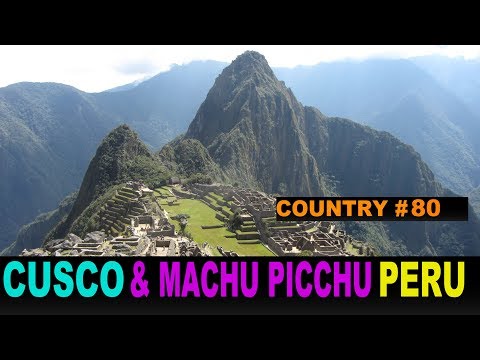
Nestled in the heart of the Peruvian Andes, Cusco and Machu Picchu offer a blend of breathtaking landscapes, ancient ruins, and rich cultural heritage that make them must-visit destinations for any traveler. Whether you are an avid historian, an adventure enthusiast, or simply someone looking to immerse themselves in a new culture, these iconic locations promise an unforgettable experience. Here’s your essential guide to exploring Cusco and Machu Picchu.
### Getting There and Around
**Cusco**, once the capital of the Inca Empire, is accessible by air from Lima with several daily flights. Upon arrival, it’s advisable to spend a few days acclimatizing to the city’s high altitude (about 3,400 meters above sea level). The city is compact enough to explore on foot but taxis are readily available for longer distances.
To reach **Machu Picchu**, you have several options:
1. **Train**: Services like PeruRail and Inca Rail offer scenic journeys from Cusco or Ollantaytambo to Aguas Calientes, the gateway town to Machu Picchu.
2. **Trekking**: For the more adventurous, multiple-day hikes such as the classic Inca Trail or alternative routes like Salkantay and Lares offer a richer encounter with nature and ancient pathways.
### What to See and Do
**In Cusco:**
– **Plaza de Armas**: This picturesque square is surrounded by colonial arcades and two major cathedrals boasting impressive architecture.
– **Sacsayhuamán**: A fortress with massive stone walls located on the outskirts of Cusco showcasing incredible Incan masonry.
– **San Pedro Market**: A vibrant local market where you can sample traditional foods like chicharrones (fried pork) or buy artisanal crafts.
– **Qorikancha**: Also known as the Temple of the Sun; once one of the most important temples in Incan times now merged remarkably with Santo Domingo Convent.
**In Machu Picchu:**
– **The Iconic Sun Gate (Intipunku)**: If you’re hiking one of the trails, this will be your first dramatic glimpse of Machu Picchu from afar.
– **The Main Ruins**: Explore ancient structures including the Temple of the Sun, Royal Tomb, Sacred Plaza, and Intihuatana stone.
– **Huayna Picchu**: Climbing this peak provides stunning aerial views of Machu Picchu. Note that entry limits apply so book your ticket in advance.
### Cultural Tips
When visiting these historical sites:
1. Respect barriers and signage meant to protect ancient structures.
2. Hire local guides – they provide invaluable insights that enrich your understanding of history.
3. Learn basic Spanish phrases for better interaction with locals who generally appreciate efforts to communicate in their language.
### Best Time to Visit
The best time to visit is during Peru’s dry season from May through October when weather conditions are optimal for trekking and sightseeing. Note that June through August marks peak tourist season so consider booking well in advance if you plan on traveling during these months.
### Accommodations
Cusco offers a range of lodging from hostels for backpackers to luxury hotels mirroring its colonial heritage. Closer to Machu Picchu, Aguas Calientes has numerous options though staying overnight isn’t necessary unless you prefer catching an early morning view before day-trippers arrive.
### Local Cuisine
Don’t miss out on trying local delicacies such as:
– **Cuy** (guinea pig), traditionally served whole
– **Alpaca steak**, which is leaner than beef
– Andean staples like quinoa or corn
Pair your meals with a Pisco Sour – Peru’s signature cocktail.
### Conclusion
From its stunning natural scenery and remarkable archaeological sites to its vibrant cultural expressions, Cusco and Machu Picchu offer deeply enriching experiences that beckon travelers back time and again. Whether soaking up history among ancient ruins or indulging in Peruvian culinary delights, this journey into the heartland of former Incan civilization promises adventure at every turn.
